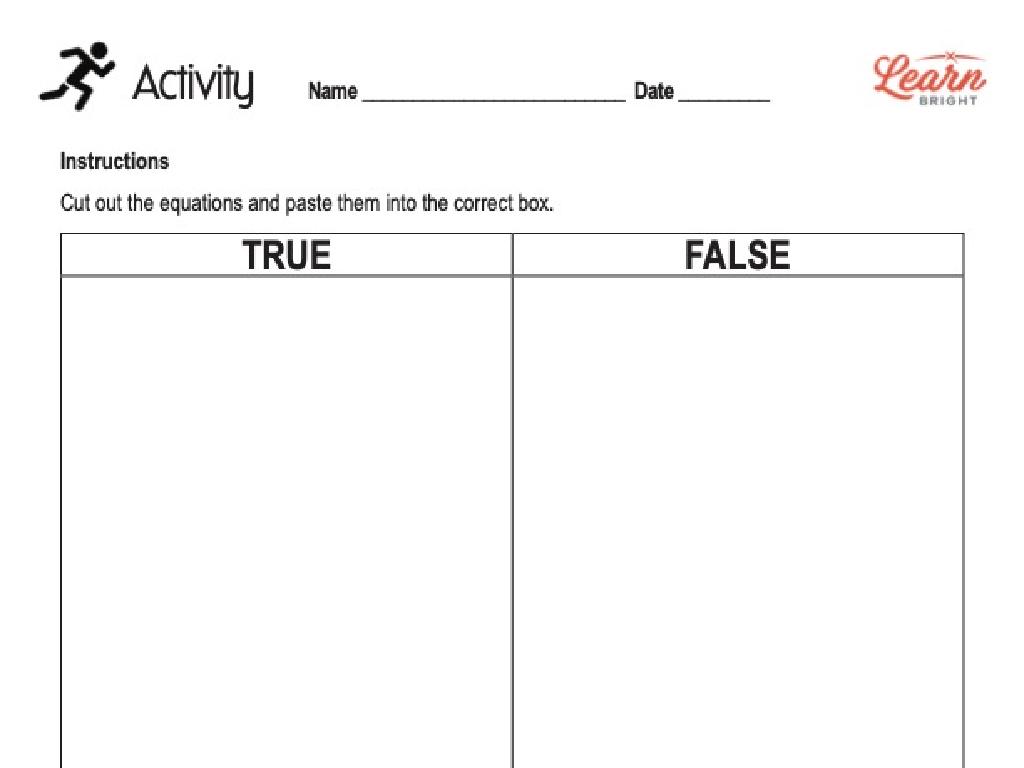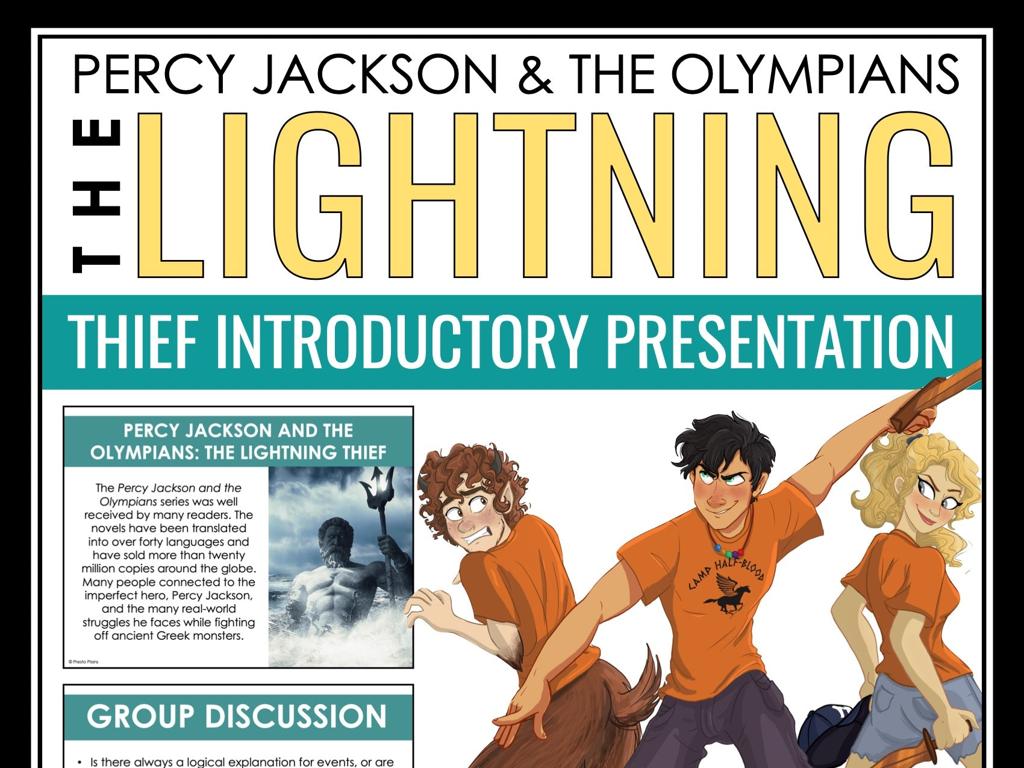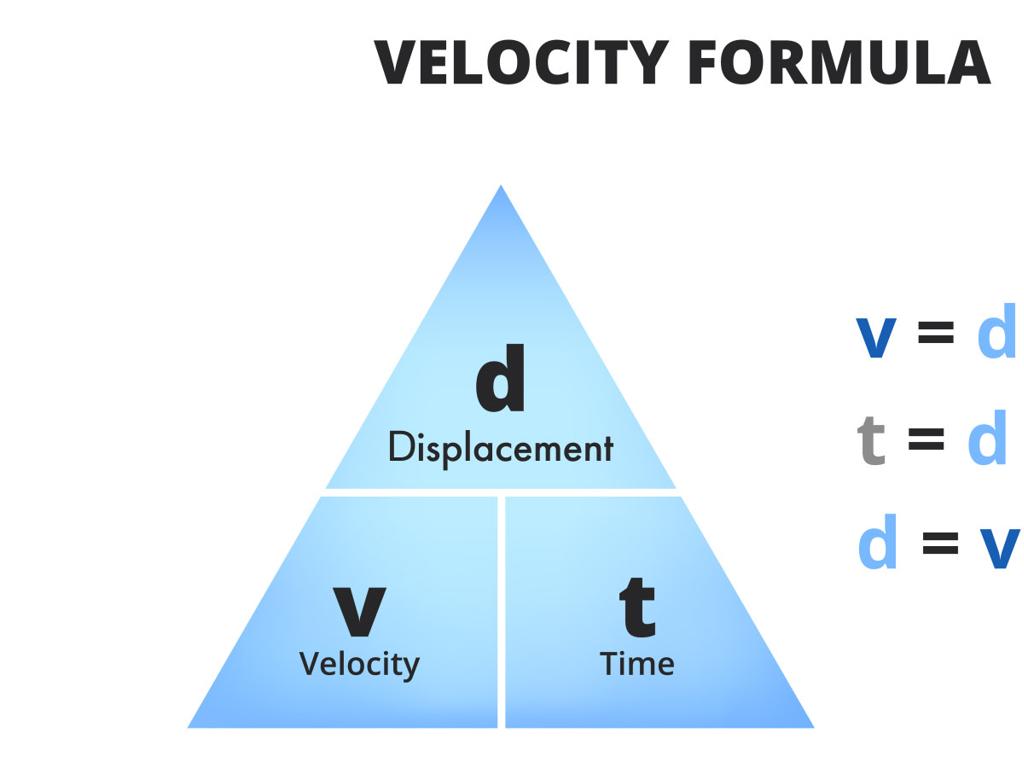Find Evidence Of Changes To Earth'S Surface
Subject: Science
Grade: Second grade
Topic: Earth Events
Please LOG IN to download the presentation. Access is available to registered users only.
View More Content
Welcome to Earth Events!
– Earth’s surface is always changing
– Different events that change Earth
– Earthquakes, volcanoes, and floods
– Examples of Earth events
– Like when a volcano erupts or a river creates a new path
– How these changes affect us
– New landforms can appear, and landscapes can change
|
This slide introduces the concept of Earth’s dynamic nature to second-grade students. Begin by explaining that the Earth is like a giant puzzle that’s always moving and changing. Discuss various natural events such as earthquakes, volcanoes, and floods, which are powerful enough to alter the Earth’s surface. Provide relatable examples such as the formation of mountains or the way a river can carve a canyon over time. Emphasize how these changes can create new environments and affect where and how people live. Encourage students to think about the Earth as a living place that grows and changes just like they do. The goal is to spark curiosity about the planet and the forces that shape it.
Exploring Earth’s Surface
– Earth’s surface: our planet’s skin
– It’s our home, playground, and garden!
– Earth has many surface types
– Earth’s surface is diverse with various landscapes
– Mountains, valleys, and beaches
– Examples: Rocky Mountains, Grand Canyon, and Santa Monica Beach
|
This slide introduces students to the concept of Earth’s surface, emphasizing that it’s the outermost layer where all life as we know it exists. It’s important to convey that Earth’s surface is not just one thing; it’s made up of many different types of landscapes, such as mountains, valleys, and beaches. Use familiar examples to help students connect with the material. For instance, if there’s a local mountain range or beach, mention these as examples. Encourage students to think about the different surfaces they’ve experienced in their own lives. The goal is to build a foundation for understanding how these surfaces can change over time due to various Earth events.
Exploring Earth’s Changing Surface
– Earth’s surface is always changing
– Volcanoes, earthquakes, and floods
– Examples: Lava from volcanoes, shaking ground, water rising
– Changes can be fast or slow
– Earthquakes happen quickly, but mountains form over millions of years
– Observing changes around us
– Look for cracks in sidewalks or new hills from soil
|
This slide introduces students to the concept that Earth’s surface is not static but is constantly being shaped and reshaped by various natural events. Highlight the difference between rapid changes like volcanic eruptions and earthquakes, and gradual changes such as erosion or mountain formation. Encourage students to think of examples they may have seen or heard about in the news or their surroundings, like a new crack in a sidewalk or a hill that wasn’t there before. This will help them understand the tangible effects of Earth events on the planet’s surface. For the next class, consider bringing in pictures or videos of these events to visually demonstrate the concepts discussed.
Detecting Changes on Earth’s Surface
– Clues of Earth’s surface changes
– Like detectives, we find clues that Earth has changed over time
– Changes visible in nature
– Look at rocks, soil, and mountains for changes
– Scientists as Earth detectives
– Scientists study clues to understand Earth’s past
– Learning about Earth’s history
|
This slide introduces students to the concept that Earth’s surface is constantly changing and that these changes can be observed in the natural environment. Explain that just like detectives look for clues to solve a mystery, we can look for evidence that tells us about the Earth’s past. Show examples of how rocks might be layered or cracked, how soil can be eroded, and how mountains and valleys are formed. Emphasize that scientists study these clues to learn about Earth’s history, much like reading a story. Encourage students to think about changes they’ve observed in their own surroundings, such as construction, erosion, or weathering.
Observing Changes to Earth’s Surface
– Ways to observe Earth’s changes
– Changes like erosion, plant growth, or construction
– Look for environmental differences
– Notice changes in land, water, or vegetation
– Use tools like magnifying glasses
– Magnifying glasses reveal small changes like cracks
– Record observations in a journal
|
This slide aims to teach second-grade students how to observe and identify changes in Earth’s surface. Encourage them to be little detectives, looking for signs of change in their local environment, such as new plant growth, differences in landforms, or construction sites. Introduce simple tools like magnifying glasses to help them see small details they might otherwise miss. Have them record their observations in a journal with drawings or descriptions, which will help them understand the dynamic nature of Earth. This activity will not only make them more aware of their surroundings but also lay the groundwork for understanding natural and human-made changes to our planet.
Fast vs. Slow Changes to Earth
– Earthquakes change land quickly
– Like a toy breaking suddenly
– Canyons form over many years
– Like a tree growing from a seed
– Both fast and slow changes are important
– They shape Earth’s surface
|
This slide introduces the concept that changes to Earth’s surface can happen at different speeds. Fast changes, such as earthquakes, can cause immediate and dramatic alterations to the landscape. Slow changes, like the gradual erosion that forms canyons, take place over long periods. Both types of changes play a crucial role in shaping the planet’s surface. Encourage students to think of more examples of fast and slow changes, and discuss how these changes might affect the environment and living organisms. This will help them understand the dynamic nature of Earth’s surface.
Let’s Be Geologists!
– What is a geologist?
– Scientists who explore Earth
– Geologists study Earth’s changes
– They examine soil, rocks, and fossils
– Evidence of Earth’s surface changes
– Look for cracks, shifts, or new layers
– Today we’re junior geologists!
– We’ll observe like real scientists!
|
This slide introduces students to the profession of geology. Geologists are experts in studying the Earth, including its structure, materials, and processes. They specifically look for evidence of changes on Earth’s surface, such as earthquakes, volcanic eruptions, and erosion. Today, the class will take on the role of junior geologists, using their observational skills to explore and understand how Earth’s surface can change over time. Encourage the students to think about what they already know about Earth’s surface and what they might expect to find as evidence of change. This activity will help them apply their knowledge in a practical way and foster a deeper interest in Earth sciences.
Mini Exploration: Earth’s Changing Surface
– Explore our sandbox
– Find rocks, shells, and stories
– Look for items that show how Earth changes
– Draw your discoveries
– Use your imagination in your drawing
– Share with the class
|
This class activity is designed to give students a hands-on experience in understanding how Earth’s surface changes over time. By exploring a sandbox, students can find various objects that simulate the natural world, such as rocks and shells, which can represent geological changes. Encourage them to think about the story behind each item: How did it get there? What might it have looked like before? After the exploration, students will draw a picture of their findings to help solidify their understanding and share their stories with the class, promoting discussion and peer learning. Possible variations of the activity could include using different materials to represent various Earth events like erosion, volcanic activity, or sediment deposition.
Junior Geologists: Observing Earth’s Changes
– Earth’s surface is always changing
– We’re junior geologists exploring evidence
– Like detectives, we looked for clues in soil, rocks, and landforms
– Observe everyday changes in nature
– Notice how weather and seasons can change landscapes
– Keep being curious about our planet!
|
In today’s lesson, we learned that the Earth is dynamic and constantly changing. As junior geologists, the students engaged in hands-on exploration to find evidence of these changes. Encourage them to continue observing their environment, noticing how natural processes like weathering, erosion, and even human activities can alter the landscape. Remind them to stay curious and to keep asking questions about the world around them. This will foster a lifelong interest in science and help them understand the importance of caring for our planet.






